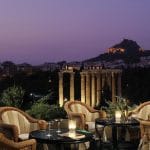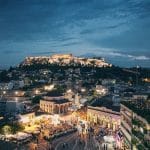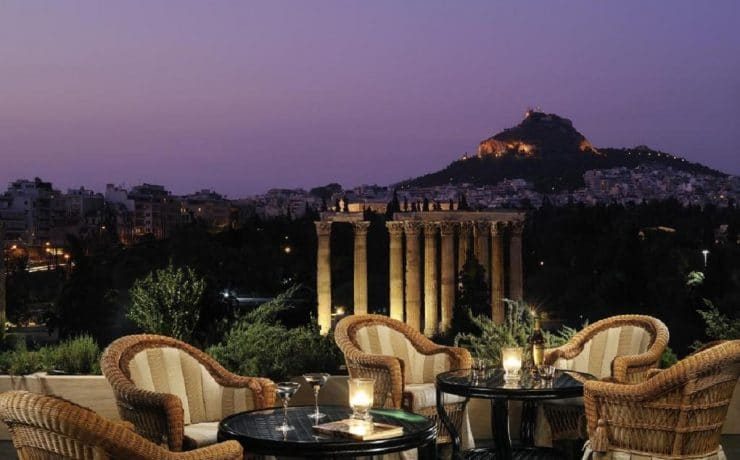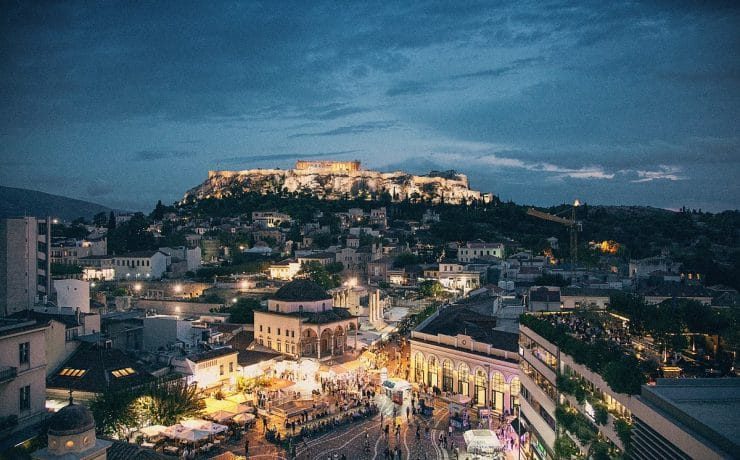Discover Athens Hidden Gems
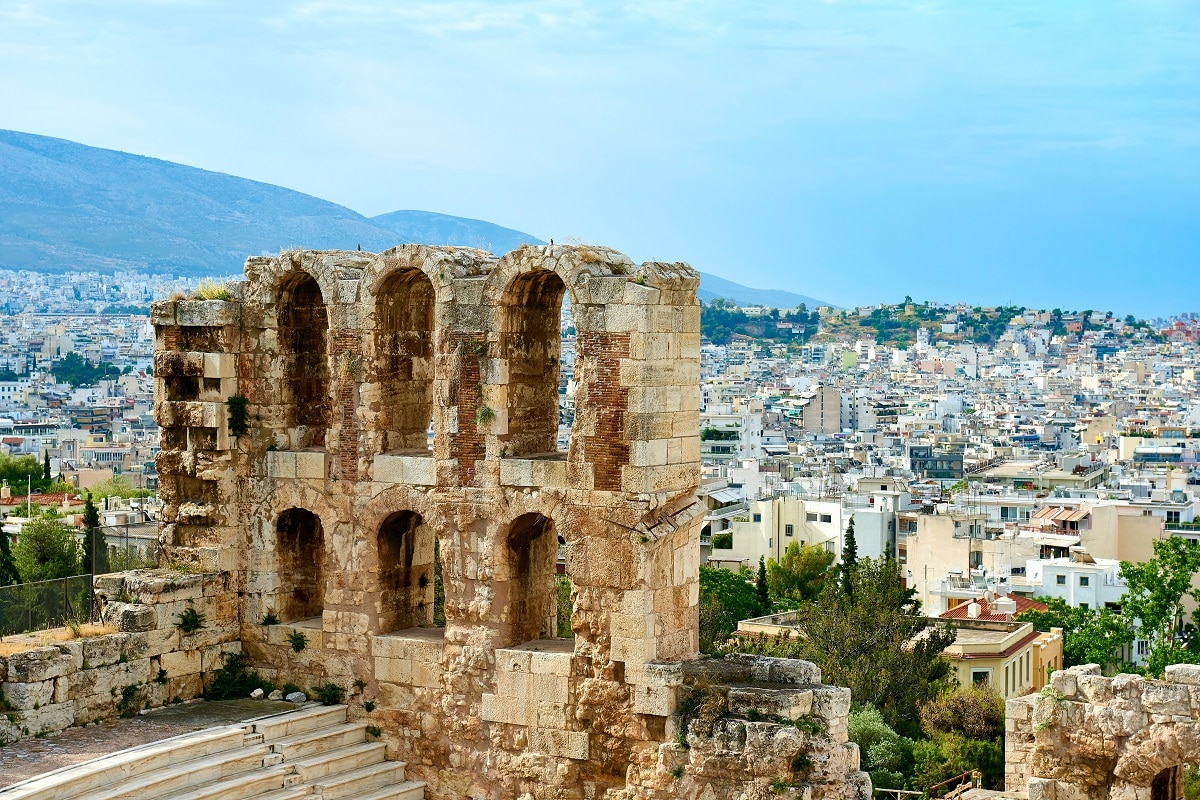

Panathenaic Stadium & Olympic Stadium
Ancient Athens’s largest building, the Panathenaic Stadium, has a capacity for 60,000 spectators. Constructed around 335 BC during the era of Herodes Atticus, the venue hosted the Panathenaic Games.
where runners competed in races around the track. The 204-meter-long track was designed with four double herms, where runners would turn in the races.

Athens urban street life distilled
There is a small street called Melanthiou in the area of Psiri, in the center of Athens. In the last few years, this area transformed from a drug area into a cyclists’ joint. One of the pioneers of this movement is Welsh Gareth Jones, who came from London to open a bike store here.
At Melanthiou street you will find everything and everyone who has ties to biking philosophy in the city: the bike store VCA, Handlebar cafe, the Bondex cyclist couriers, along with Silver 925 graffiti store and creative design studio Pi6. You can come and drink your coffee while your bike is being fixed or eat something at very low prices. The best time to visit Melanthiou street is in the evening when people are gathered at small tables by the road and it all creates a single company.

The Diomidous Botanical Garden
The Diomidous Botanical Garden is the largest botanical garden of the eastern Mediterranean. It was founded in 1952, and in 1975 it was opened to the general public. In its area of 470 acres, you can find trees and bushes can be found from all over the world, as well as plants mentioned in Greek mythology and history, like the myrtle of Aphrodite and Socrates’ hemlock.
Our local Andreas recommends a picnic under the shade of the trees, in one of the outdoor monastery-type tables, where you can meet other groups or families rolling around on the grass.
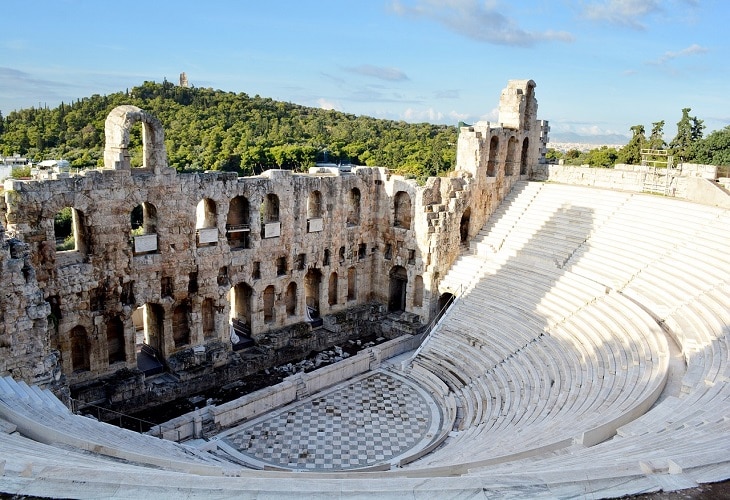
Theatre of Dionysus
Heralded as the world’s first theater, these ruins are often overlooked as they reside in the shadows of the Acropolis.
THIS SITE IS OFTEN OVERLOOKED by tourists to the region who opt to visit the more well-known Acropolis. However, the significance of this ancient site can’t be understated.
Nestled along the slopes of the Acropolis in Athens are the ruins of the Theatre of Dionysus. The structure dates back to the 6th century BC and is believed to be the first theatre ever constructed. It was originally developed as a site for religious practices and festivals dedicated to Dionysus, the god of wine and plays.

Tower of the Winds
An ancient octagonal weather station named for the eight Greek gods of wind. Most ARCHAEOLOGICAL SITES IN ATHENS are old temples, but this ancient structure had a scientific purpose. When it was constructed at the end of the 2nd century BCE, the Tower of the Winds included sundials, a clepsydra (water clock), and a weather vane, effectively making it the first meteorological station in the world.

Pnyx
Named after the well-preserved Thission (ancient temple of Hephaestus), Thissio is blessed with a small wooded park and some less frenetic streets that offer numerous quieter places to stay and eat. Largely pedestrianized Apostolou Pavlou Street runs between the Acropolis and forested Filopappou Hill, well worth climbing for more great panoramas, until it merges with Dionysiou Areopagitou Street. This leads to the up-and-coming area of Makriyanni, whose centerpiece is the magnificent new Acropolis Museum. Opposite the museum is the entrance to the southern slopes of the Acropolis, while the eponymous metro station nearby is at the top of Makriyanni Street, another strip of touristic cafés and restaurants.
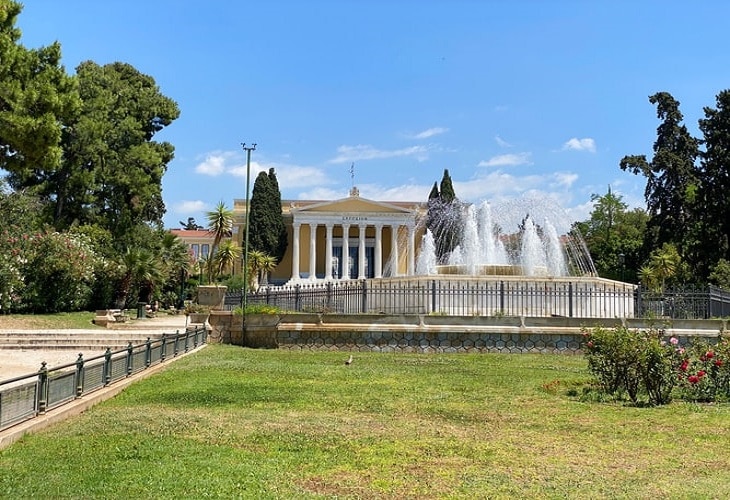
National Archaeology Museum
Founded in the 19th century, Athens’ National Archaeological Museum is the largest archaeological museum in Greece and one of the greatest antiquities museums in the world.
The museum is housed in an impressive Neoclassical building with 8,000 square meters of exhibition space. On display are five permanent collections with more than 11,000 exhibits, offering a comprehensive overview of Greek civilization from prehistory through the classical period to late antiquity.

Museum of Cycladic Art
In the Kolonáki quarter, the Museum of Cycladic Art was created in 1986 by the Nicholas and Dolly Goulandris Foundation. The shipowner Nikolas P. Goulandris was a well-known patron of the arts and cultural life in Athens. Goulandris’ own collection forms the core of the museum’s exhibits.

Visit the seaside: wave watching at Piraeus
One of Athens’ hidden gems is its seafront. Hardly anyone ever thinks to go there. Head to Piraeus, and take your time strolling along the seafront, watching the waves kiss the shore and local children chase their shadows. It’s a calm and beautiful spot, a world away from central Athens with only 20 minutes spent behind the wheel.

Church of the Holy Apostles
On the site of the ancient Agora, the Church of the Holy Apostles was the only building left standing when this entire quarter of Athens was demolished to excavate the Agora archaeological site. Built in the 10th century, the church stands above a nymphaion (sacred spring).


